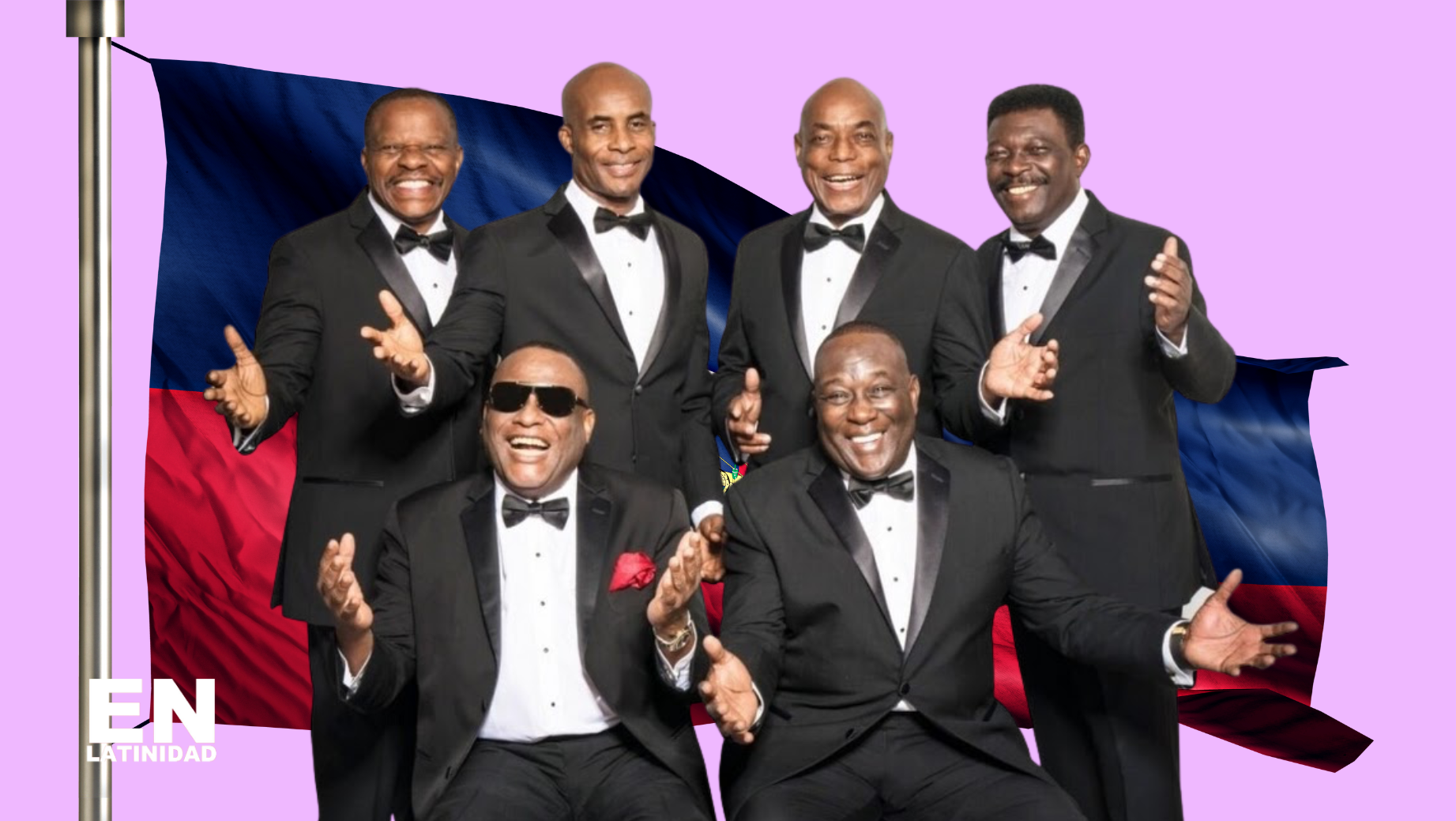How Tabou Combo Took Haitian Kompas Global: The Sound of Kreyol Across Borders
There’s a reason why dance floors from Brooklyn to Barranquilla light up when a certain bassline drops—because someone, somewhere, just put on a Tabou Combo record. The legendary Haitian band didn’t just play music; they created a movement. Since their formation in Port-au-Prince in 1968, they’ve embodied the pulse of the Caribbean and the diaspora, bringing Haitian compas to the world stage with undeniable groove and global flair. Their music transcends borders and tongues, effortlessly communicating joy, pride, and resistance through rhythm. Whether the lyrics are in Haitian Kreyol, French, Spanish, or English, audiences respond in the same language: dance.
Tabou Combo’s reach is massive and multilingual. They’ve performed in over 20 countries and built fanbases in the U.S., across the Caribbean, Central and South America, West Africa, and Europe. Even listeners who don’t speak Kreyol find themselves moving to the beat—proof of their genius for translating culture through sound. The band draws from compas, a genre of Haitian dance music characterized by its slow, steady grooves and syncopated percussion, made famous by Nemours Jean-Baptiste in the 1950s. Tabou Combo took the genre global, adding funk, soul, and Afro-Latin rhythms into the mix.
Their sonic palette also intersects with zouk, a genre developed in Guadeloupe and Martinique that shares compas’ DNA. Popularized by the band Kassav’, zouk embraced electronic instrumentation and smooth vocals, capturing hearts across the French-speaking Caribbean and beyond. As zouk gained popularity, Tabou Combo remained rooted in compas but adopted zouk’s cosmopolitan shine—resulting in a sound that is polished yet profoundly Caribbean.
Beyond the islands, Tabou Combo’s music found eager ears in Panama, Colombia, and the Garifuna regions of Central America, where local genres like champeta reflect a direct influence from Haitian compas and Congolese soukous. These connections speak to the way Black music migrates and morphs, carried by records, radio, and word-of-mouth across oceans and borders. The band’s grooves didn’t just survive the journey—they thrived in translation.
One of the most powerful elements of Tabou Combo’s music is their use of Haitian Kreyol, a language that itself is a cultural artifact. Haitian Kreyol was born during the brutal colonial era, when enslaved Africans in Saint-Domingue created a new language that allowed them to communicate with one another while eluding their French enslavers. A blend of African languages and colonial French, Kreyol was an act of linguistic rebellion, and its continued use today is a form of cultural resistance.
Much like Jamaican Patois, Haitian Kreyol is often misunderstood by outsiders as informal or “broken.” But in reality, it is a full, rule-governed language with rich expressions, poetic potential, and historic significance. Speaking or singing in Kreyol is a declaration of dignity and survival—an affirmation of Black identity shaped by centuries of struggle and triumph. For Tabou Combo, keeping their music in Kreyol is not a limitation; it’s an offering, a way of preserving and sharing something deeply sacred.
Even when performing to audiences unfamiliar with Kreyol, Tabou Combo never shies away from their linguistic roots. Their multilingualism—switching between French, English, Spanish, and Kreyol—makes their music accessible, but it’s the rhythms that do the real translation. No matter the language, the message is clear: Haitian culture is vibrant, alive, and ready to take center stage.
As the longest-running compas band still active, Tabou Combo has left an undeniable mark on global music. They’ve inspired generations of artists, from zouk and champeta performers to modern-day DJs and Afro-diasporic collectives. Their music is frequently sampled, remixed, and referenced across genres, making their influence both timeless and continually evolving.
In a world quick to overlook small nations, Tabou Combo commands attention. They represent the brilliance of Haitian artistry, the power of language born from resistance, and the unifying force of rhythm. Whether played in a Paris nightclub, a Bronx block party, or a beach in Cartagena, their sound carries the soul of Haiti and the wider Black diaspora with it. It’s not just music—it’s a heartbeat.





Leave a Reply
You must be logged in to post a comment.